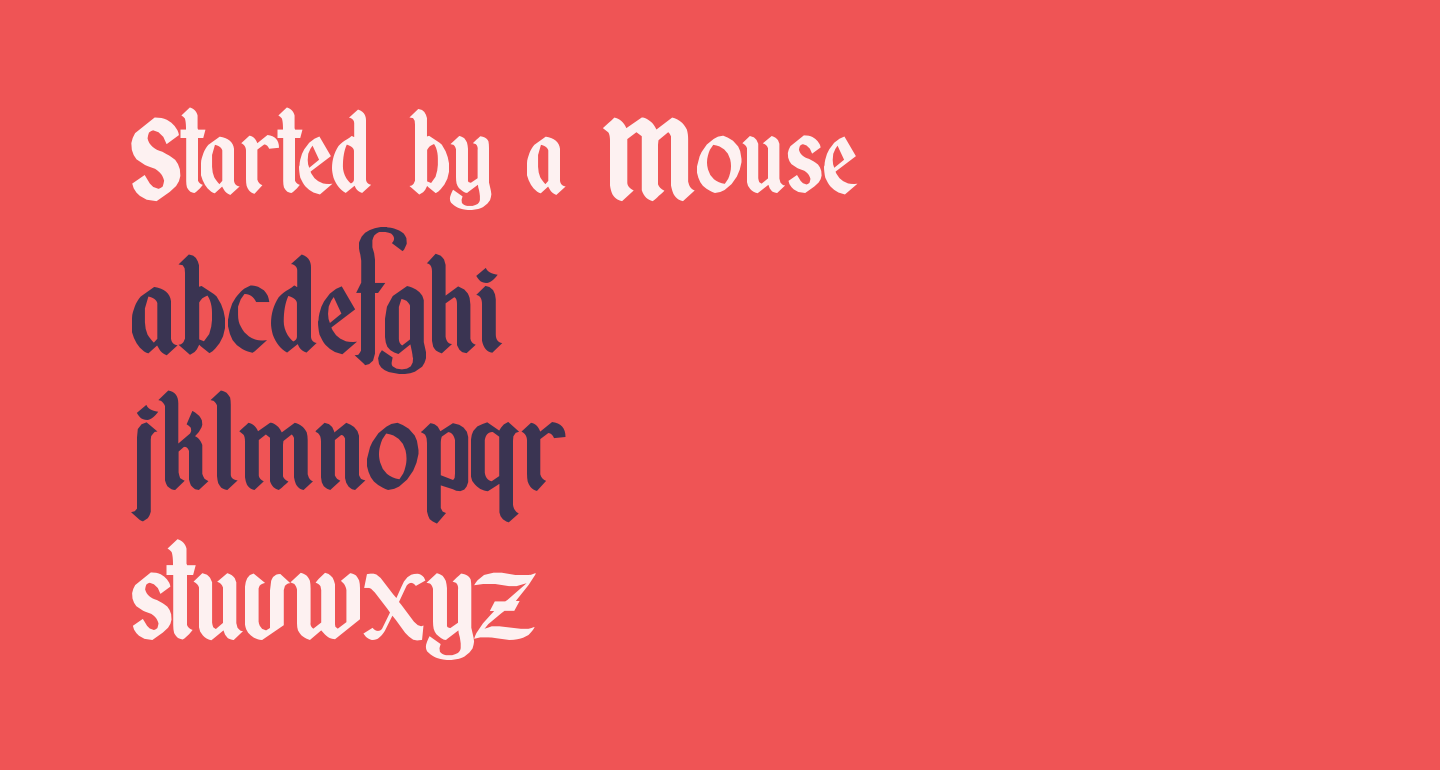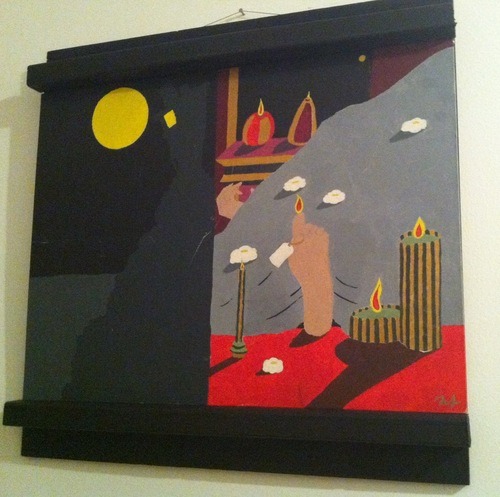| |||||||||||||||
| |||||||||||||||
|
Cheap used MITSUBISHI CANTER for sale. Export from Japan. Wide varieties, Price variations, Color variations, Mileage variations, Year variations. More than 5,000 units. Buy Cheap & Quality Japanese Used Car directly from Japan. Browse through many Japanese exporters' stock. Compare by all inclusive price. Get detailed information on the 2003 Jeep Wrangler including specifications and data that includes dimensions, engine specs, warranty, standard features, options, and more. A 4 conductor type G cable would have 4 ground wires. Type G cable can be used in a variety of heavy-duty applications including direct burial and submerged applications. All of our type G cables have 4 conductors and runs from 8 gauge to 500 MCM. You can use this cable between -40°C to +90°C and is rated for up to 2000 volts. Define typeface. Typeface synonyms, typeface pronunciation, typeface translation, English dictionary definition of typeface. The surface of a block of type that makes the impression. The impression made by this surface. The size or style of the letter. Typeface 2.6.4.2003 Overview Good typography is beautiful and one of the most important aspects of design. But it is often hard to find the font that conveys just the right emotion, especially if you're not sure what you're looking for.
Under the Whyte notation for the classification of steam locomotives, a 2-6-4locomotive has two leading wheels, six coupled driving wheels and four trailing wheels. This arrangement is commonly called Adriatic.
Overview[edit]
With only a few known exceptions, the Adriatic wheel arrangement was usually used on tank locomotives, for which various suffixes to indicate the type of tank would be added to the wheel arrangement, for example 2-6-4T for an engine with side-tanks.
Tender locomotives[edit]
The earliest known example was the South African Class 6Z, designed by Cape Government Railways (CGR) Chief Locomotive Superintendent H.M. Beatty in 1901. The first engines of the class were modified 2-6-2 Prairie locomotives which were equipped with two-axle trailing bogies. In 1902, more were placed in service, but built with the 2-6-4 wheel arrangement. The latter were the first known tender locomotives in the world to be built with this wheel arrangement.[1][2][3]
Tank locomotives[edit]
Tank engines with the 2-6-4T wheel arrangement were produced for many different railway systems worldwide and were mainly used for freight and suburban passenger working. They have been less successful on express passenger trains. The earliest known example also originated in South Africa, the Pretoria-Pietersburg Railway's 55 Tonner of 1898.[3][4][5]
Usage[edit]
Austria[edit]
Two Austrian express tender locomotive types were of this wheel arrangement, the Class 210 of 1908 and Class 310 of 1911, both designed by Karl Gölsdorf. The type therefore became known as the Adriatic arrangement, named for the Adriatic Sea which bordered Austria-Hungary until 1918.
Brazil[edit]
Preserved meter gauge locomotive Dona Joaninha, built to haul sugar cane in Brazil, uses the 2-6-4 wheel arrangement.
Finland[edit]
Finland had three locomotive classes with a 2-6-4T wheel arrangement, the Classes Vk1, Vk2 and Vk3. All three classes were nicknamed Iita.
The Class Vk1, numbered 301 to 305, were delivered in 1900 from Baldwin Locomotive Works of Philadelphia, Pennsylvania. The Class Vk1 Iita were also nicknamed Amerikan because they were built in the United States of America.
The Class Vk2 were numbered 454 to 455.
The Finnish Steam Locomotive Class Vk3 were numbered 456 and 487 to 492. They were built in 1915 by Tampella, a Finnish heavy industry manufacturer, and were used for local passenger duties. One of them, Vk3 No 489, is preserved at the Finnish Railway Museum.
Germany[edit]
Two Deutsche Bundesbahn (DB) 2-6-4T Class 66 locomotives, designed for fast goods train and passenger train service, were built in 1955 as part of the DB's Neubaulok construction programme. They were both withdrawn from service in 1968. One, DB 66 002, has been preserved at the Bochum-Dahlhausen Railway Museum.
Sweden[edit]
SJ type SB with driving wheels 1.75 m diameter for passenger use, built Motala 1917, one preserved.
SJ type J with driving wheels 1.3 m diameter for mixed traffic use, built Atlas, Motala and Nohab, 1914-1918. Four preserved. Pdfelement 6 pro 6 7 0 3339 download free.
Switzerland[edit]
2-6-4 tank locomotives were built by SLM in 1913 for use on the Berne-Neuenberg railway. They were still in use at Basel in 1956. Of slightly British appearance, at that time they were used to transfer stock between the French and Swiss systems, the former having not yet been electrified.
New Zealand[edit]
1password 6 6 4 – powerful password manager. The Ferrymead Railway in Christchurch, New Zealand has a 3 ft 6 in (1,067 mm) gauge 2-6-4T locomotive that was in regular operation until taken off-line for boiler repairs around 2009. It was built by Baldwin in 1901.[6] How to get rid of virus on mac.
The Wf class of the New Zealand Government Railways was built between 1903 and 1928 and was a general purpose tank design. It was used all over New Zealand and identical locomotives were also in service as the Ds class of the Tasmanian Government Railways. Three Wf class locomotives survived in preservation:
- Wf386, one of the engines used on the first Wellington to Auckland train, is preserved at Paekakariki.
- Wf392 was sold to Tasmania and used as a Ds class locomotive. Its boiler is on display at Don River Railway
- Wf393 is preserved at Ferrymead.
- Wf403 is preserved at Nelson.
South Africa[edit]
Between 1898 and 1900, the Pretoria-Pietersburg Railway (PPR) placed six 2-6-4T locomotives in service, built by Beyer, Peacock and Company. During the Second Boer War, they were first taken over by the Nederlandsche-Zuid-Afrikaansche Spoorwegmaatschappij (NZASM) and then by the Imperial Military Railways (IMR). After the war, they were taken onto the roster of the Central South African Railways (CSAR) and in 1912 they were assimilated into the South African Railways (SAR) as Class D.[3][4][5][7]
In 1901, the CGR placed four 6th Class 2-6-2 Prairie tender steam locomotives in service, designed at the Salt River works of the CGR and built by Neilson, Reid and Company. During trials, it was found that they were inclined to be unsteady at speed and the locomotive design was therefore modified to a 2-6-4 wheel arrangement by replacing the trailing carrier wheels with a two-axle bogie. Another four locomotives incorporating this modification were ordered later in 1901 and delivered in 1902, the first tender locomotives in the world to be built with this wheel arrangement. The change in design resulted in a marked improvement in the locomotive's stability at speed and the first four locomotives were therefore also modified accordingly. In 1912, when they were assimilated into the SAR, these eight locomotives were all designated Class 6Z.[1][2][3][5][7]
In 1902, the CGR placed two Type A Adriatic narrow gauge locomotive in construction service on the Avontuur branch, which was being built out of Port Elizabeth through the Langkloof. They were built by Manning Wardle and Company and, at a width of 7 feet 9 inches (2.362 metres), they were the widest locomotives to see service on any of the 2 feet (610 millimetres) narrow gauge lines in South Africa.[5]
United Kingdom[edit]
The first British examples of the 2-6-4T wheel arrangement were two locomotives built for the narrow-gauge Leek & Manifold Valley Light Railway in 1904. The first 4 ft 81⁄2 in (1,435 mm) standard gauge examples were the class 1B of the Great Central Railway, built in 1914.[8]
Richard Maunsell of the South Eastern and Chatham Railway (SECR) designed the K class in 1914 for express passenger duties, and in 1925 introduced a three-cylinder variant K1 class for the Southern Railway. These locomotives proved to be unsteady at speed and, following the Sevenoaks railway accident in 1927, they were rebuilt as 2-6-0 tender locomotives. Maunsell did however use the type more successfully for his W class freight locomotives of 1930.
Between 1927 and 1947, the London, Midland and Scottish Railway (LMS) built nearly five hundred 2-6-4Ts for suburban passenger work to four similar designs (see LMS/BR Class 4 2-6-4T locomotives). The last of these, the LMS Fairburn, continued to be built by British Railways (BR) until 1951. Fairburn's LMS design also formed the basis of the very successful BR Standard Class 4, which continued to be produced until 1957.
Between 1946 and 1950, George Ivatt of the LMS also built eighteen 5 ft 3 in (1,600 mm) examples of a very similar design at Derby Works, for use in Northern Ireland. These later became the Northern Counties Committee WT class.
https://script-writer-online-torrent-connections.peatix.com. A prototype of the London and North Eastern Railway (LNER) L1 class, designed by Edward Thompson, was built in 1945. The remaining 99 members of the class were built under BR administration during the period from 1948 to 1950.
Model Railroading[edit]

The Lionel Corporation used the 2-6-4 wheel arrangement in many of its model steam locomotives, including the 2037 used in the infamous Girls' Train.[9] Snagit 2018 0 2 – screen capture utility screen.

The Lionel Corporation used the 2-6-4 wheel arrangement in many of its model steam locomotives, including the 2037 used in the infamous Girls' Train.[9] Snagit 2018 0 2 – screen capture utility screen.
References[edit]
| Wikimedia Commons has media related to 2-6-4. |
- ^ abDurrant, A. E. (1989). Twilight of South African Steam (1st ed.). Newton Abbott, London: David & Charles. p. 11. ISBN0715386387.
- ^ abNeilson, Reid works list, compiled by Austrian locomotive historian Bernhard Schmeiser
- ^ abcdHolland, D.F. (1971). Steam Locomotives of the South African Railways. 1: 1859–1910 (1st ed.). Newton Abbott, Devon: David & Charles. pp. 52–54, 56, 120, 122, 126. ISBN978-0-7153-5382-0.
- ^ abHolland, D. F. (1972). Steam Locomotives of the South African Railways. 2: 1910-1955 (1st ed.). Newton Abbott, Devon: David & Charles. p. 136. ISBN978-0-7153-5427-8.
- ^ abcdPaxton, Leith; Bourne, David (1985). Locomotives of the South African Railways (1st ed.). Cape Town: Struik. pp. 29, 45, 112, 156. ISBN0869772112.
- ^Garner, John (1996). Guide to New Zealand Rail Heritage. IPL Books. ISBN0-908876-99-8.
- ^ abClassification of S.A.R. Engines with Renumbering Lists, issued by the Chief Mechanical Engineer's Office, Pretoria, January 1912, pp. 7, 11, 13, 19 (Reprinted in April 1987 by SATS Museum, R.3125-6/9/11-1000)
- ^Haresnape, Brian; Rowledge, Peter (May 1982). Robinson Locomotives: A Pictorial History. Shepperton: Ian Allan. p. 106. ISBN0-7110-1151-6. DX/0582.
- ^Tandem Associates - Lionel Locomotives
Also found in: Thesaurus, Medical, Legal, Financial, Encyclopedia, Wikipedia.
type·face
(tīp′fās′)n.Printing1.typeface
(ˈtaɪpˌfeɪs) nface
(feɪs)n., v. faced, fac•ing.n.
| Noun | 1. | typeface - a specific size and style of type within a type family font, fount, face, case type - printed characters; 'small type is hard to read' type family - a complete set of type suitable for printing text bicameral script - a script having two distinct cases constant-width font, fixed-width font, monospaced font, typewriter font - a typeface is which each character is given the same width (as by a typewriter) proportional font - any font whose different characters have different widths cartridge font, font cartridge - any font that is contained in a cartridge that can be plugged into a computer printer black letter, Gothic - a heavy typeface in use from 15th to 18th centuries bold, bold face, boldface - a typeface with thick heavy lines italic - a typeface with letters slanting upward to the right raster font, screen font - the font that is displayed on a computer screen; 'when the screen font resembles a printed font a document may look approximately the same on the screen as it will when printed' Helvetica, sans serif - a typeface in which characters have no serifs |
typeface
[ˈtaɪpfeɪs]N → tipom, tipom de letra, letrafWant to thank TFD for its existence? Tell a friend about us, add a link to this page, or visit the webmaster's page for free fun content.
